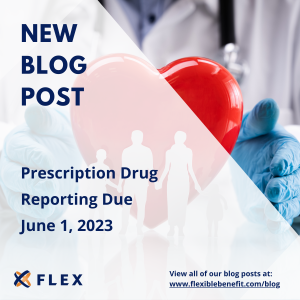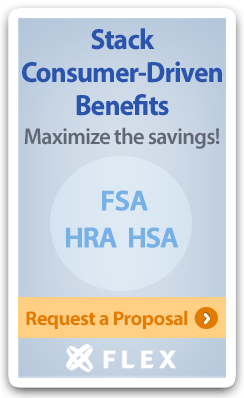Benefits Buzz
Prescription Drug Reporting Due June 1, 2023

The No Surprises Act (NSA), enacted as part of the Consolidated Appropriations Act of 2021, requires group health plans and health insurers to report information on prescription drug and health care spending to the Department of Health and Human Services (HHS), Department of Labor (DOL), and the Department of Treasury (DOT). The reporting process is referred to as the Prescription Drug Data Collection, or RxDC for short.
The first reporting was due by December 27, 2022, and it was to report information related to prescription drug and health care spending that occurred during calendar years 2020 and 2021. For the 2022 calendar year, reporting is due by June 1, 2023. Reporting for each subsequent calendar year will be due by June 1st following the conclusion of that calendar year.
The reporting applies to medical plans and prescription drug plans but not to consumer-driven health plans (e.g., FSAs, HRAs, or HSAs) or excepted benefit plans (e.g., dental or vision plans). The primary purpose of the reporting is to provide information to the federal government so that they can consider regulatory or legislative action that may help reduce medical expenditures and costs.
In most instances, the health insurance carrier or issuer will submit the reporting (even for level funded and self-funded plans), but employers and plan sponsors may need to provide certain information to the health insurance carrier or issuer to ensure the completeness and accuracy of the reporting. The information that will be reported includes, but is not limited to:
• The 50 brand name prescription drugs for which the plan most frequently paid claims and the total number of claims paid for each of those drugs.
• The 50 prescription drugs for which the plan had the greatest expenditures and the amount paid for each of those drugs.
• The 50 prescription drugs for which the amount of expenditures increased the most over the previous year and the amount of the increase for each drug.
• The total amount spent on health care broken down in various ways, such as:
o Type of cost (e.g., hospital, primary care, specialty care, prescription drugs).
o Prescription drug costs by the plan and by enrollees.
o Average monthly premiums paid by the plan and by enrollees.
• The impact of rebates from drug manufacturers, including reductions in premiums and out-of-pocket costs associated with drug manufacturer rebates.
Most of the data will be reported by the health insurance carrier or issuer at an aggregate level; however, the reporting will need to be distinguished separately by market segment (e.g., individual, small group, large group) and by state.
Employers should be on the lookout for communications from their health insurance carrier or issuer about the RxDC reporting. Employers will need to timely reply to any request for information necessary to complete the reporting. Failure to comply could result in fines and penalties by HHS, the DOL, or the DOT.

